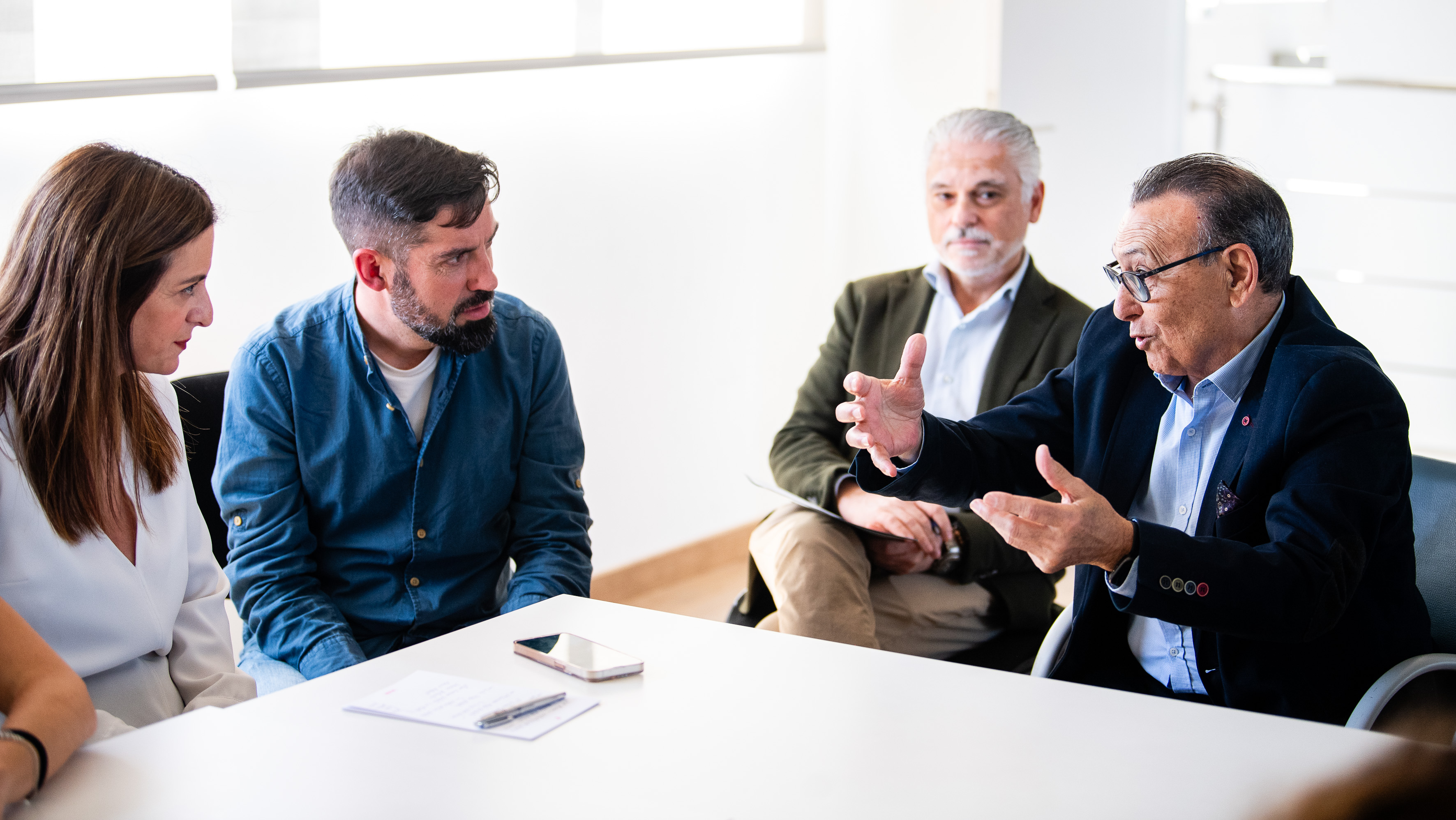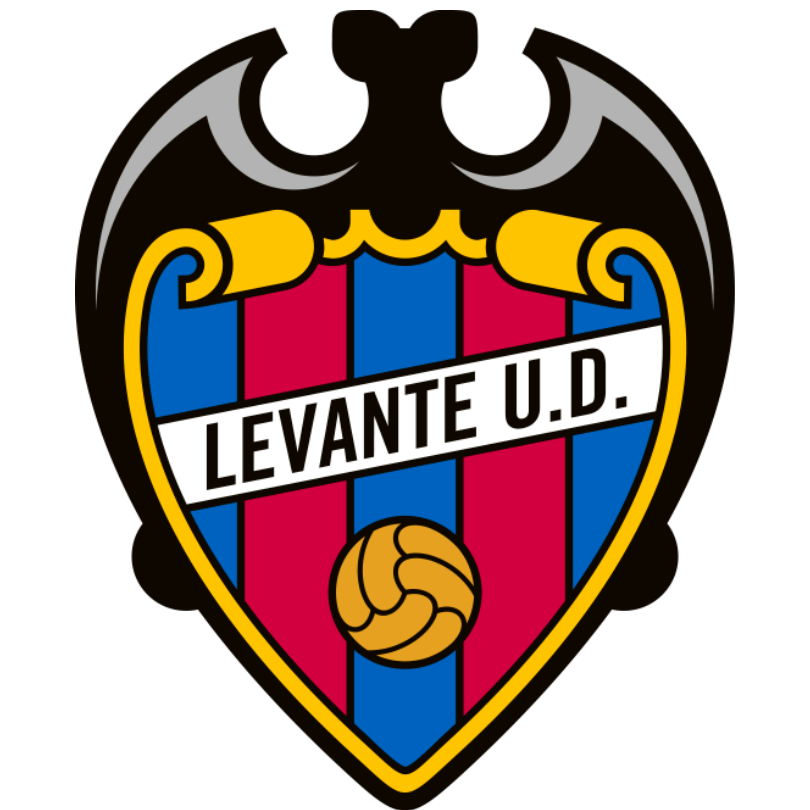Levante UD initiates procedures to recover the remains of its founder
The club has gathered at the Ciutat de València Stadium some of the many descendants of José Ballester Gozalvo, who had 12 siblings. The founder of Levante UD died in exile in 1970 alongside his partner Teresa Molins and never could return to Cabanyal, where his family has a mausoleum. Encouraged by a group of individuals (historians, teachers, journalists, relatives, and fans) who are part of the commission created just yesterday and called "Pepet i Tereseta," the club has initiated the process to recover their remains, along with part of the Levante history.
"A short while ago, two teachers from the Josep Ballester Gozalvo Institute, Paco Santamans and Irene Alcolea, told me that one of them had visited Josep Ballester's tomb in France, as the institute where they work is named after the founder of Levante UD, whose remains were in a cemetery near Paris, and that he and his wife Teresa Molins Ballester deserved to return," said the Director of Communication and External Relations, Puri Naya, who, after speaking with Emilio Nadal, responsible for Historical Heritage at Levante, presented the proposal to the Management Committee, which also included Levante UD President Pablo Sánchez and CEO José Danvila, and started an initiative that, as we have learned later, has always been in the minds of the family members but they have never been able to carry out.
On his part, Emilio Nadal pointed out that, furthermore, "Ballester is not only an important figure in Levante but in football in general, in its history, inception, and projection, because he promoted the first organizational movement in football, he was a player, legislator, and even a referee, as in 1909 everything was yet to be organized, the separation between player and fan did not occur until the 1920s."
"I believe that recovering the remains of Josep Ballester and Teresa Molins represents laying the main foundation of the creation of Levante UD and sustaining its history from a highly relevant historical event, also vindicating the figure of a cultured man who propelled what we are today," Naya said to the relatives of Josep Ballester in an initial meeting at the Ciutat de València, primarily thanking them for their attendance and all the assistance provided to facilitate the gathering and explore the possibilities of carrying out this action.
The meeting was attended by Fernando Higón Ballester, Mari Carmen Galiana, Víctor Valero Higón, Marta Herreras; sisters Mari Carmen and Teresa Ballester Pau; Rafael Ballester, and the descendants of José Ballester Usó, whom Vicente Ballester and Enriqueta Gozalvo raised as a son: Dolores Moreno Ballester, Victòria Moreno Ballester, and Jordi Ballester (we attach the family tree at the end of the news).

At this initial meeting, the head of the club's Legal department, Jorge Lucas, also attended, noting that it might be relatively easy to recover the remains of Josep Ballester knowing that the relatives are in agreement and after initial contact with the Spanish Consulate in France and obtaining the necessary permits from the institutional representatives of Villiers-Adam in the Ille d'Adam district.
The main obstacle arose when it was found that there is no record of the family of Teresa Molins Ballester, and it is only known that she lived in the area known as the "Finca Roja." However, a few hours later, journalist José Luis García contacted the club upon discovering that Teresa Molins had several siblings and that he found a contact, Joan Bosch, who can "help us find her descendants as they have a family tree of the Poblats Marítims," as he assured.
Now begins a process of recovering the history of Ballester and understanding the beginnings of football in the city of València, building upon the work done over a decade ago by Juan Luis García himself, as well as journalist Felip Bens and other historians who have shown interest in the founder of Levante UD and have published dozens of works on the subject. During the past few weeks, as relatives have been located, professors Santamans and Alcolea have continued their efforts in their institute, where there is a choir named precisely after Tereseta. They have started investigating among those who have studied Ballester's history the most. Therefore, on May 15th at 6:00 PM, Felip Bens himself, along with José Ignacio Cruz and José Ricardo March, will participate in a roundtable discussion, also attended by Emilio Nadal and moderated by Puri Naya, where they will talk about Teresa Molins and Josep Ballester at the secondary school in València named after them.
